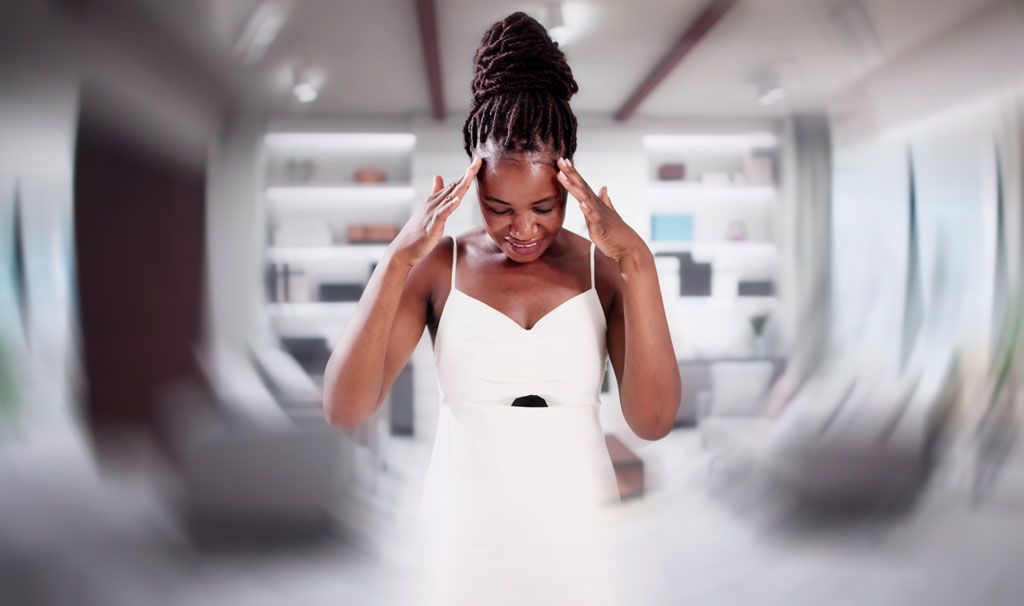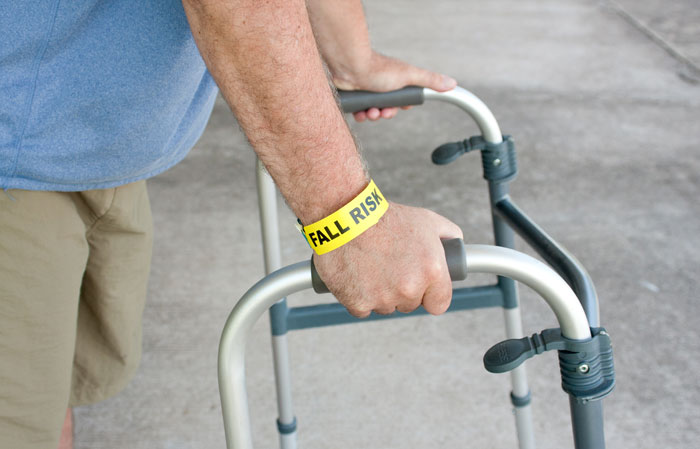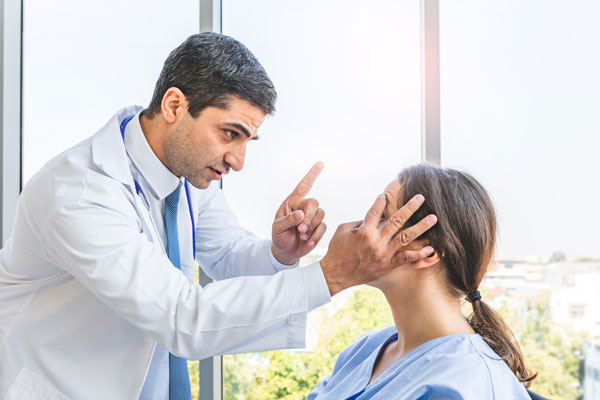Vestibular Therapy
Vestibular Therapy
After a motor vehicle collision, some people may experience problems with balance or dizziness due to injuries affecting the inner ear or brain. Vestibular rehabilitation therapy (VRT) is a specialized form of physical therapy designed to help individuals regain balance and reduce dizziness. If you have problems with dizziness or balance, vestibular therapy might help you feel better and move around more easily.
Your body uses three main senses to help you stay balanced:
Eyes (Sight): Your eyes help you see where you are and where you’re going.
Body Sensors (Proprioception): Your muscles and joints send messages to your brain about where your body parts are and how you’re moving, even if your eyes are closed.
Inner Ear (Vestibular System): Inside your ears, there’s a special part that senses when your head moves. This helps you keep your balance when you’re walking, jumping, or spinning.
Your brain works like a computer, combining information from your eyes, body sensors, and inner ears to help you stay balanced and move smoothly. If one of these systems isn’t working properly, you might feel dizzy or unsteady. Without treatment, this can make everyday activities like driving, working, walking, or taking care of yourself difficult. It can also increase the risk of falls and lead to feelings of frustration or sadness. Getting the right treatment can help you feel better and return to your normal activities.




How Vestibular Therapy Helps After a Car Accident:
Identifying the Problem: After an accident, healthcare providers assess symptoms like dizziness or balance issues to determine if the vestibular system (the part of the inner ear responsible for balance) is affected.
Personalized Exercises: Therapists create customized exercises that focus on improving balance, gaze stabilization (keeping eyes focused during movement), and overall coordination. These exercises help the brain adjust and compensate for any balance system disruptions caused by the accident.
Additional Therapies: Depending on the severity of the injury, treatments may also include manual therapy, visual exercises, and education on safely returning to daily activities.
Benefits of Vestibular Therapy After a Collision:
Improved Balance: Helps individuals regain stability, reducing the risk of falls and enhancing mobility.
Reduced Dizziness: Alleviates feelings of vertigo or lightheadedness, making daily tasks more manageable.
Enhanced Quality of Life: By addressing balance and dizziness issues, therapy supports a return to regular activities and improves overall well-being.
Clearer Vision:
The therapy helps your eyes and head work together, so your vision stays clear when you move.
More Confidence: As you get better at these exercises, you’ll feel more confident doing everyday activities.
Vestibular Therapy: 10 sessions, twice per week, each session 25-30 minutes
*It’s important to start vestibular therapy soon after experiencing symptoms to achieve the best outcomes. If you’ve been in a car accident and are dealing with balance or dizziness issues, consulting with a healthcare provider about vestibular rehabilitation can be a crucial step toward recovery.
